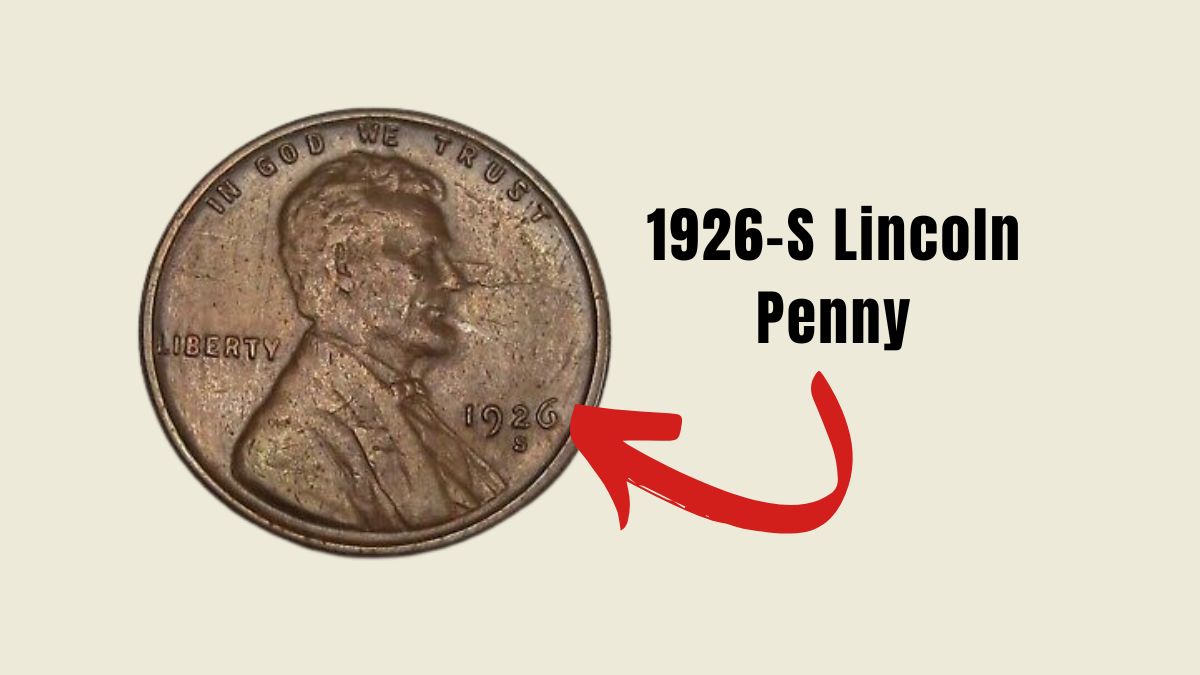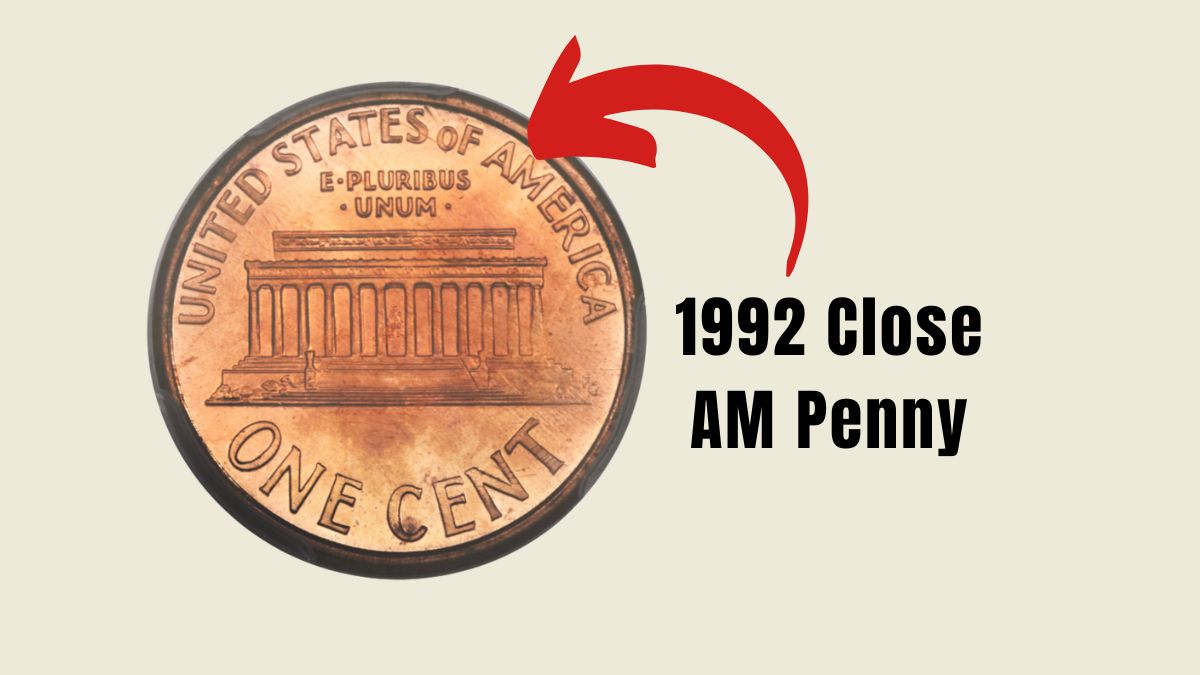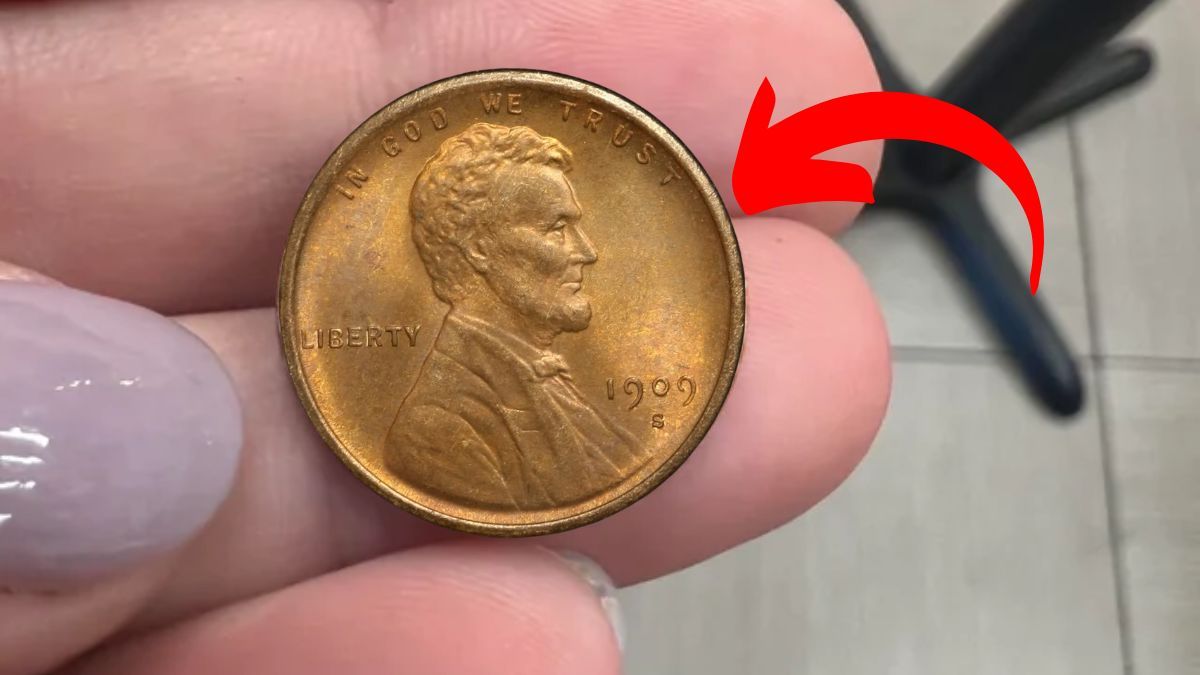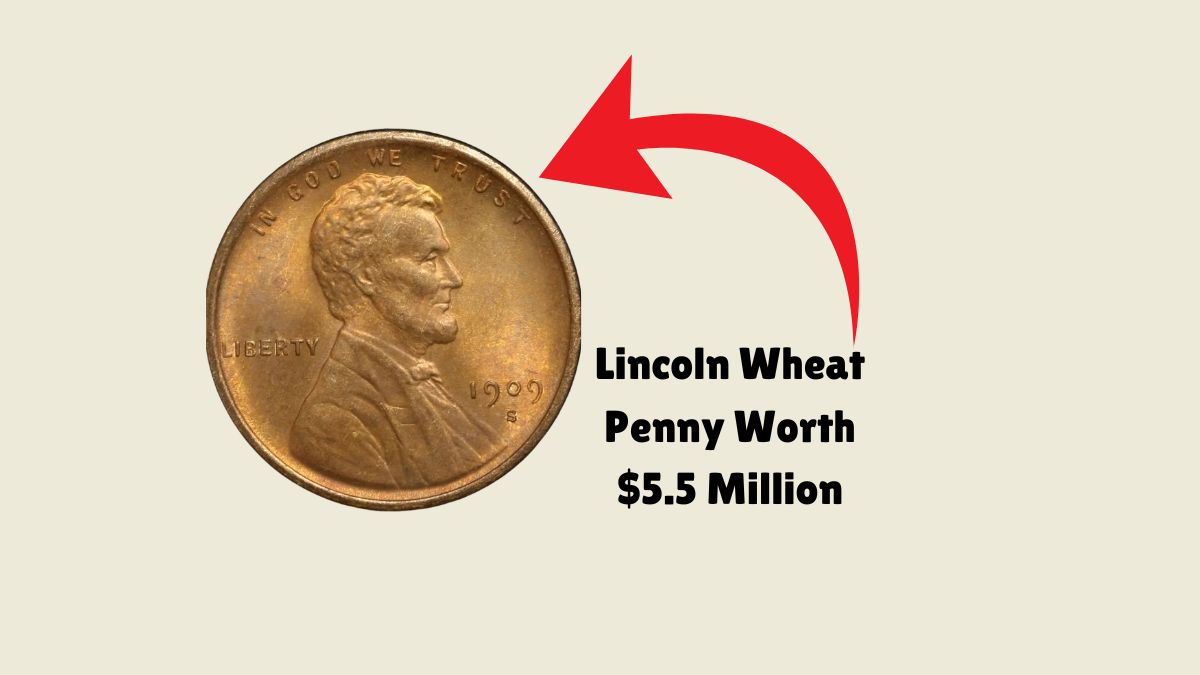The 1926-S Lincoln Wheat Penny stands as a testament to the allure of numismatics, captivating collectors with its rarity and historical significance. This seemingly modest coin has fetched astonishing prices at auctions, with one specimen reaching a remarkable $149,500 in 2006.
A Glimpse into the 1926-S Lincoln Penny
Minted at the San Francisco Mint in 1926, the 1926-S Lincoln Penny is part of the Wheat Penny series, which was produced from 1909 to 1958. Designed by Victor D. Brenner, the obverse features President Abraham Lincoln’s profile, while the reverse showcases two wheat stalks flanking the denomination.
Mintage and Rarity
The 1926-S penny had a relatively low mintage of 4,550,000 coins, making it one of the scarcer issues in the Lincoln Wheat series.
Its rarity is particularly pronounced in higher grades, especially those with original red luster, which significantly enhances its value among collectors.
Auction Records and Market Value
The value of a 1926-S Lincoln Penny varies based on its condition and coloration. Circulated coins with significant wear are valued between $7 and $15, while those in better condition can command higher prices. Uncirculated specimens with a brown surface may start around $100, but those with a red hue can exceed $1,500.
The most notable auction record for this coin is from 2006, when a 1926-S penny graded MS-65 Red by the Professional Coin Grading Service (PCGS) sold for an impressive $149,500. This sale underscores the coin’s desirability and the premium placed on high-grade examples.
Factors Influencing Value
Several factors contribute to the 1926-S Lincoln Penny’s value:
- Condition (Grade): Coins are graded on a scale from 1 to 70, with higher grades indicating better preservation. Uncirculated coins (grades 60 and above) are particularly sought after.
- Color Designation: Lincoln pennies are categorized by color: Brown (BN), Red-Brown (RB), and Red (RD). Red coins, which retain their original copper luster, are the most valuable.
- Rarity: The limited mintage and the even scarcer survival of high-grade specimens enhance the coin’s desirability.
Collecting the 1926-S Lincoln Penny
For enthusiasts aiming to add this coin to their collection, it’s essential to consider the following:
- Authentication: Due to the coin’s value, forgeries exist. Purchasing from reputable dealers and obtaining third-party grading can ensure authenticity.
- Preservation: Proper storage in a controlled environment and using protective holders can maintain the coin’s condition and value.
- Market Trends: Staying informed about the numismatic market can provide insights into the coin’s current value and potential appreciation.
1926-S Lincoln Penny Value by Condition
| Grade | Description | Estimated Value Range |
|---|---|---|
| Good (G-4) | Heavily worn; major details visible | $7 – $15 |
| Very Fine (VF-20) | Moderate wear; all details clear | $30 – $50 |
| Uncirculated (MS-60) | No wear; may have contact marks | $100+ |
| Uncirculated Red (MS-65 RD) | Full red luster; pristine condition | $1,500+ |
Values are approximate and can vary based on the coin market.
The 1926-S Lincoln Penny exemplifies how historical context, rarity, and condition converge to create a numismatic treasure. Its journey from a modest one-cent piece to a six-figure auction highlight reflects the dynamic and fascinating world of coin collecting.
FAQs
Why is the 1926-S Lincoln Penny so valuable?
Its low mintage, rarity in high grades, and collector demand contribute to its high value.
How can I determine the grade of my 1926-S penny?
Professional grading services like PCGS or NGC can assess and certify your coin’s grade.
What does the “S” mint mark signify?
The “S” indicates the coin was minted at the San Francisco Mint.




